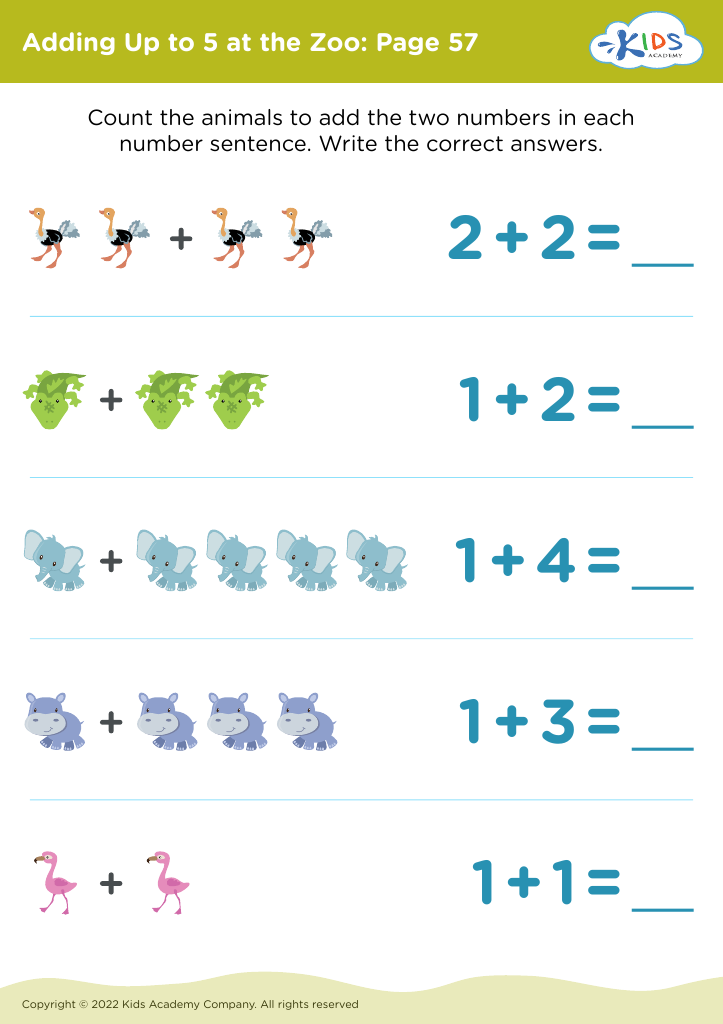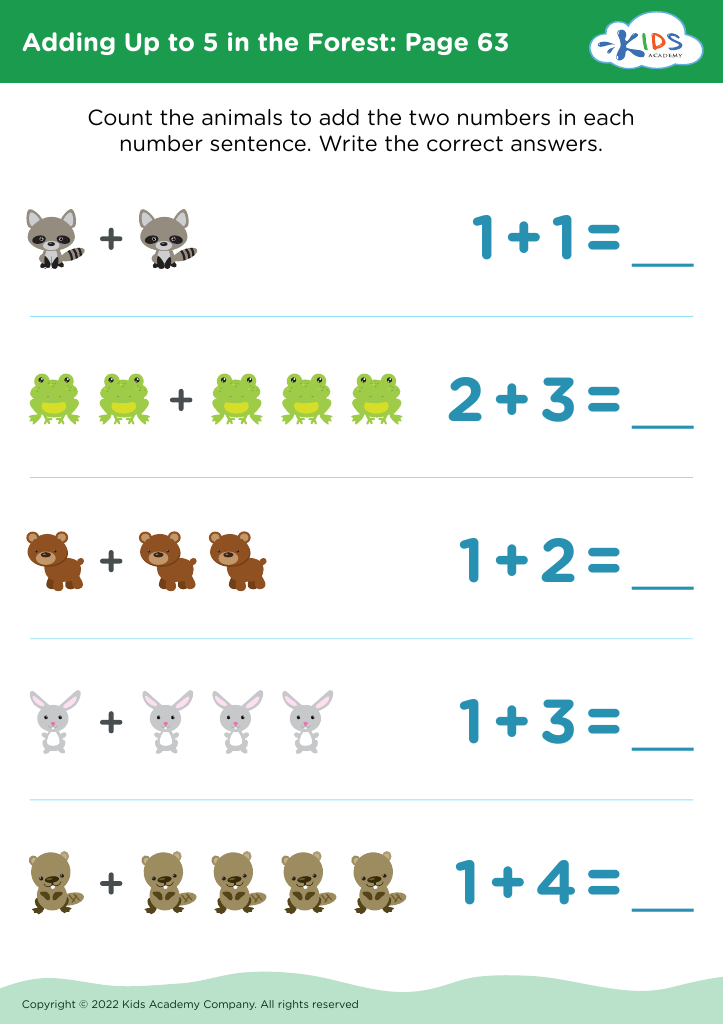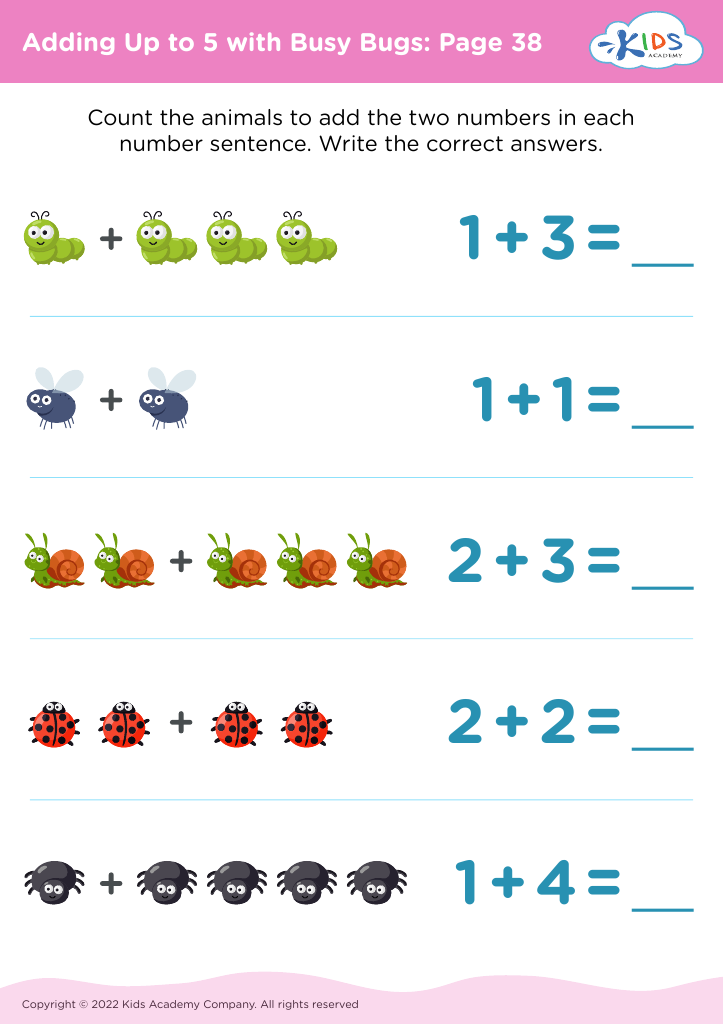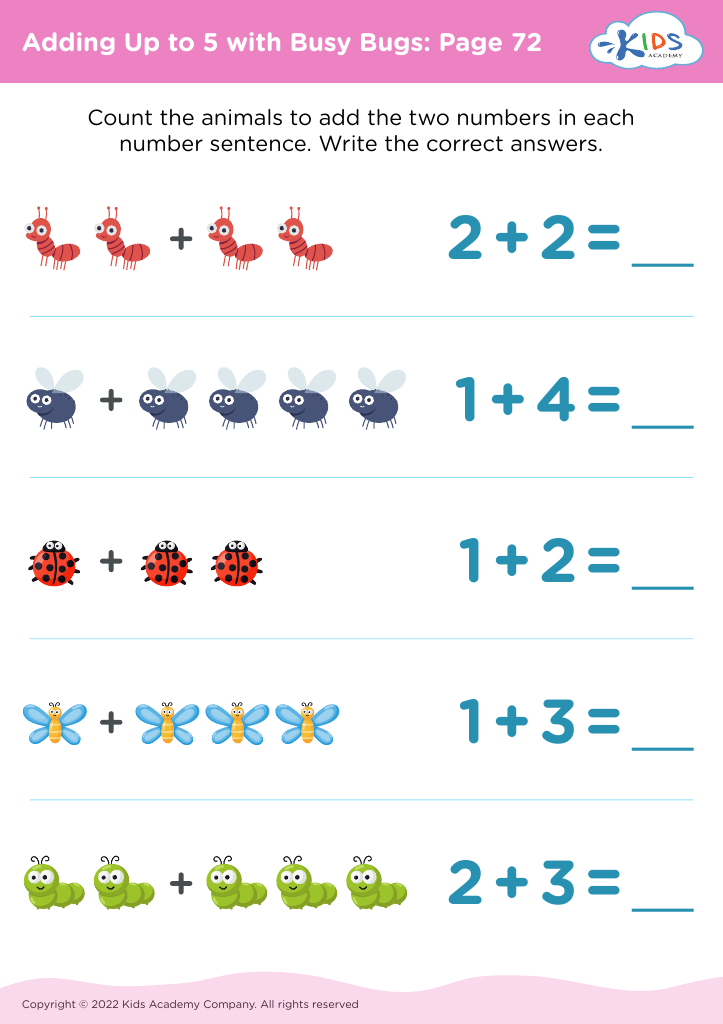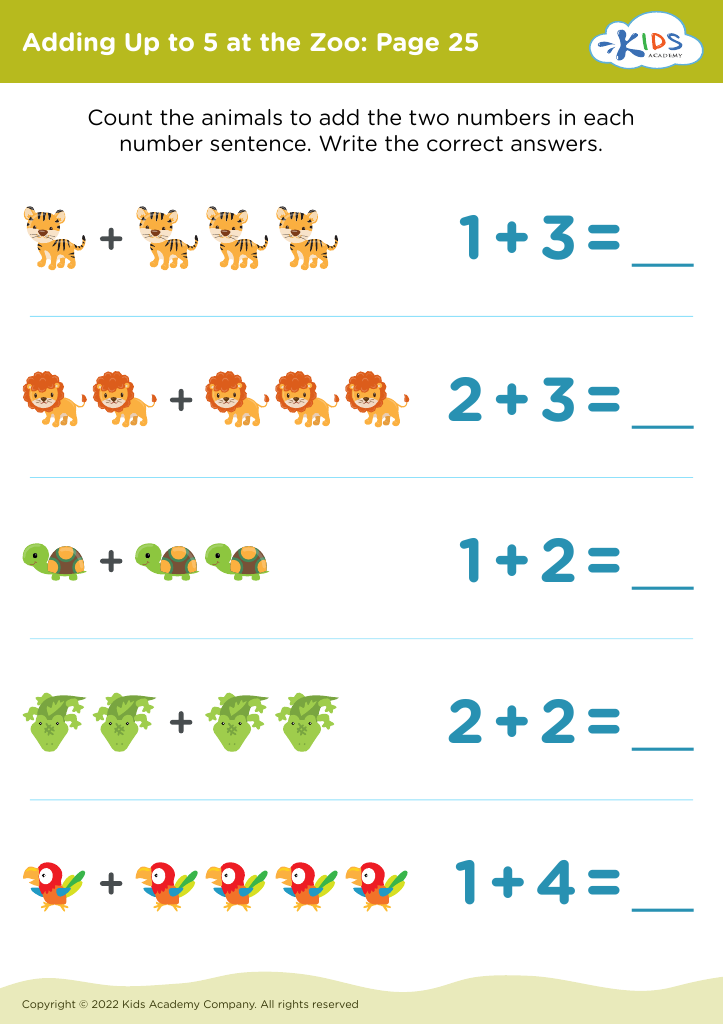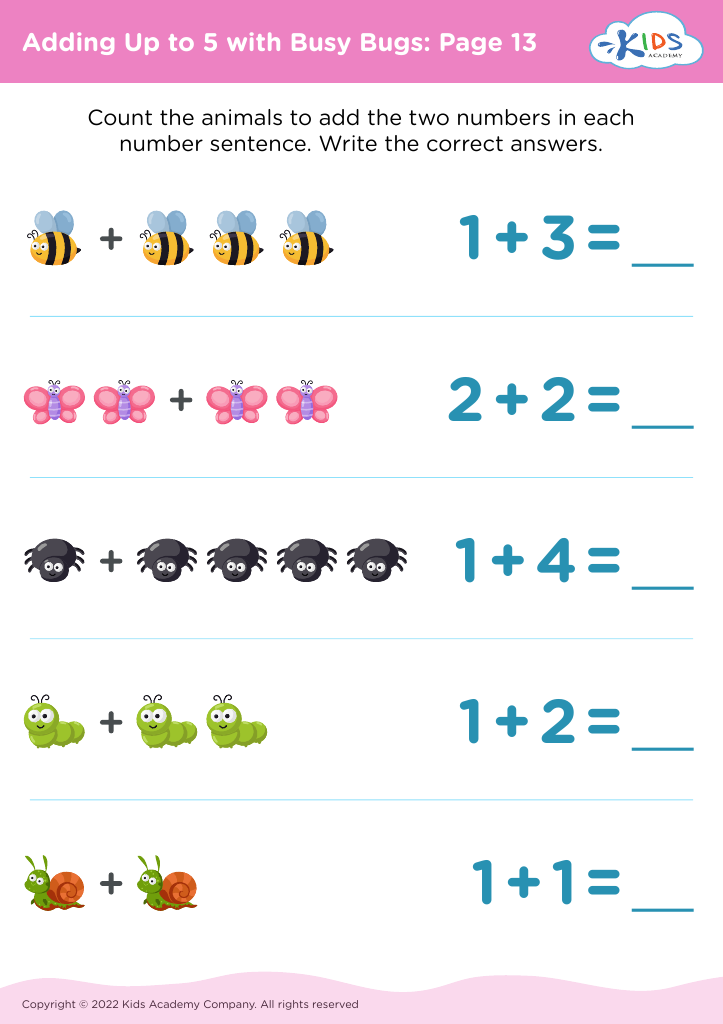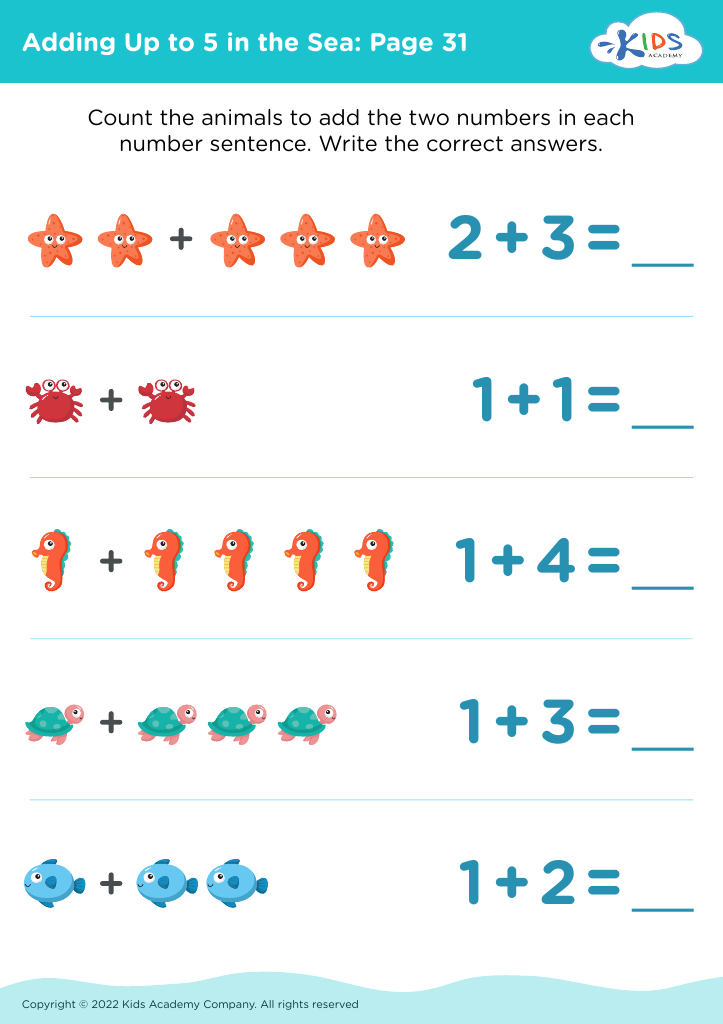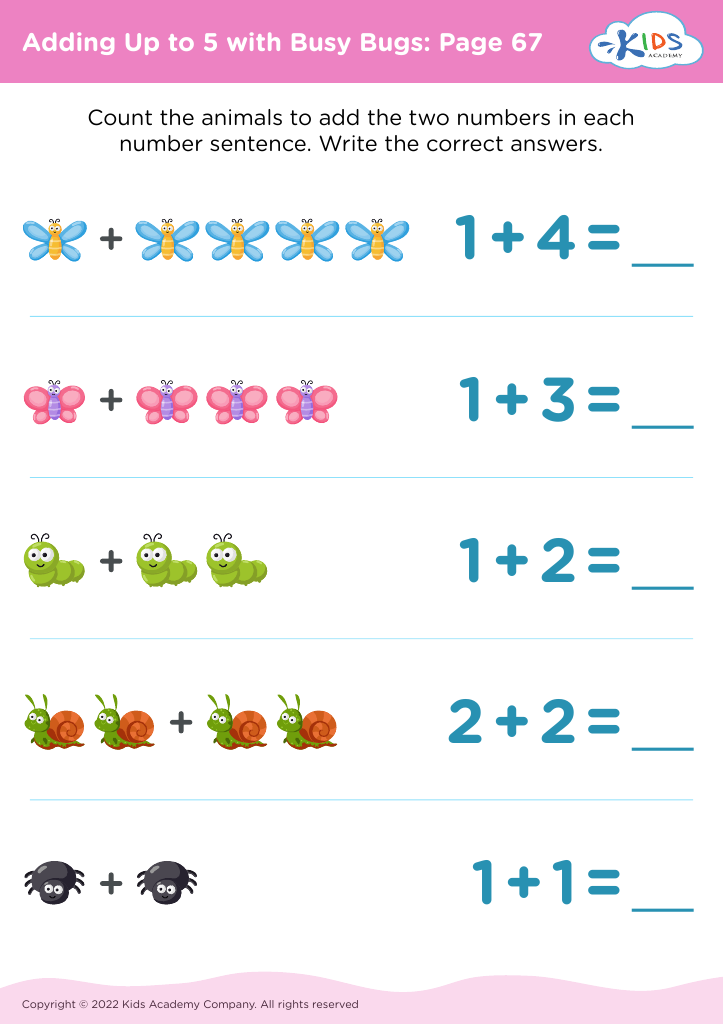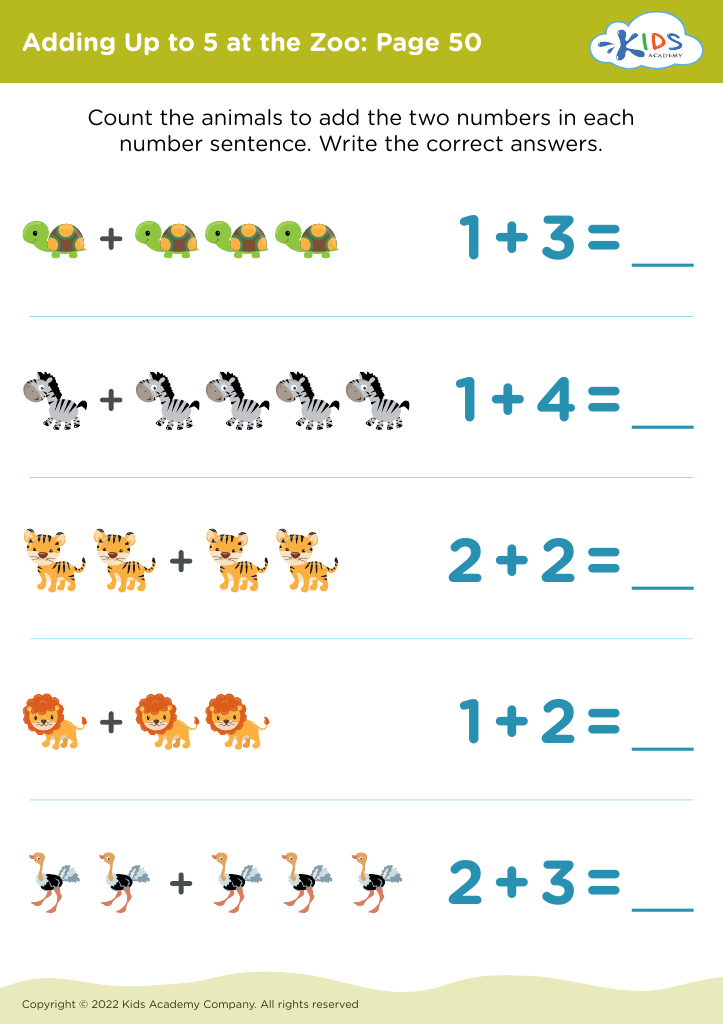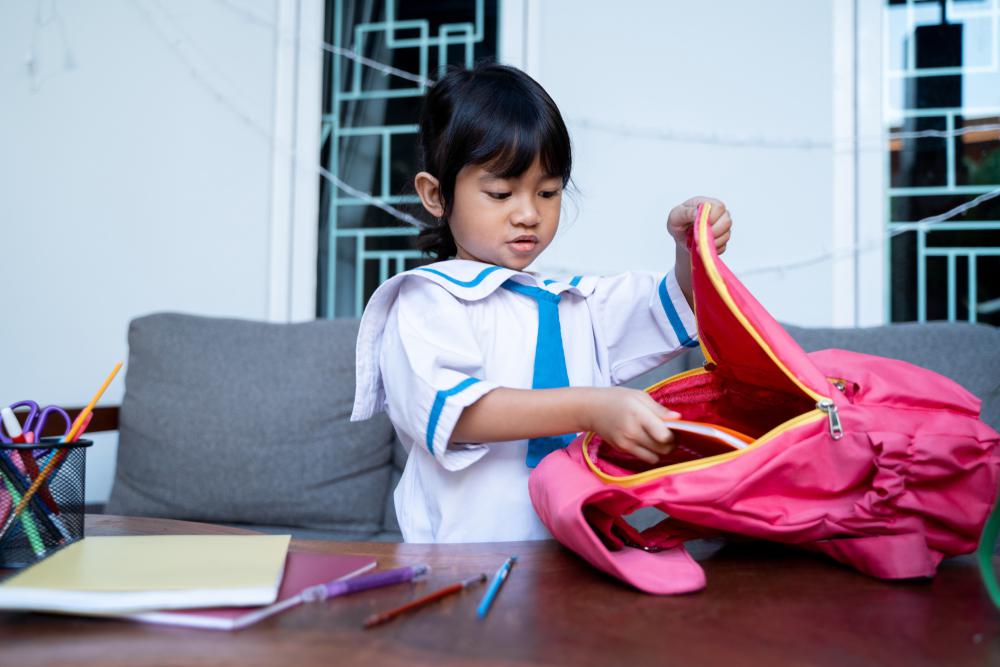Hand-eye Coordination Addition Worksheets for Ages 4-5
18 filtered results
-
From - To
Enhance your child's learning journey with our Hand-eye Coordination Addition Worksheets designed for ages 4-5! These engaging, printable worksheets combine essential math skills with fun, interactive activities that promote hand-eye coordination. Young learners will enjoy solving addition problems while refining their motor skills through tracing, coloring, and connecting numbers. Our resources cater to diverse learning styles, making math accessible and enjoyable. By incorporating playful designs and age-appropriate challenges, children will build confidence in addition and fine motor abilities simultaneously. Perfect for at-home learning or classroom use, these worksheets create a strong foundation for early mathematicians while fostering coordination and focus. Explore today!
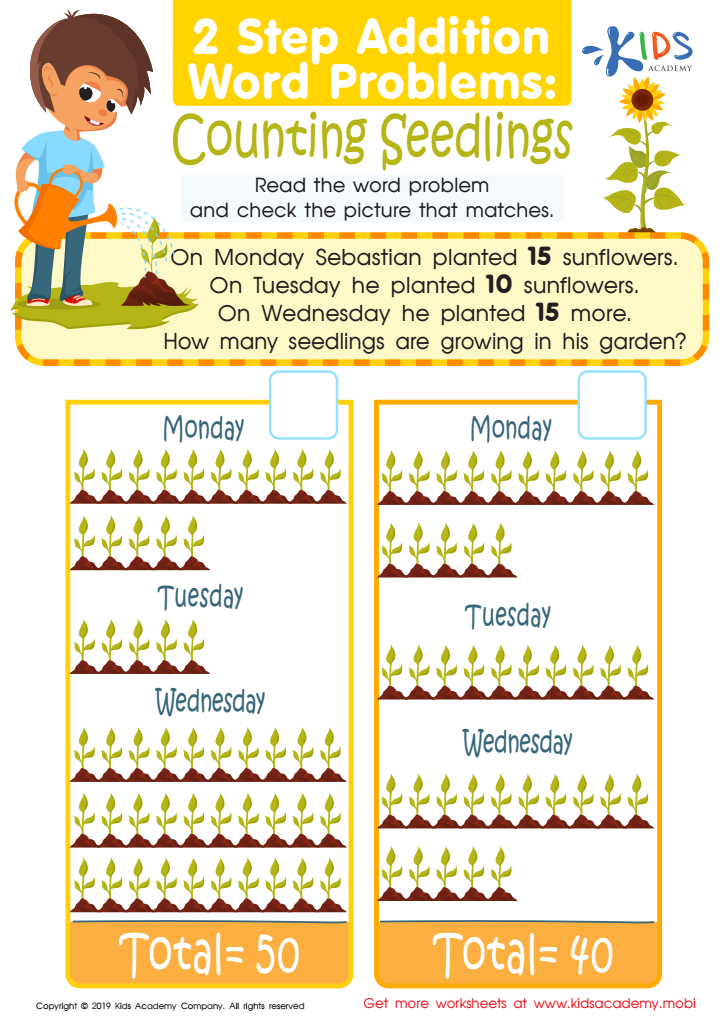

Counting Seedlings Worksheet
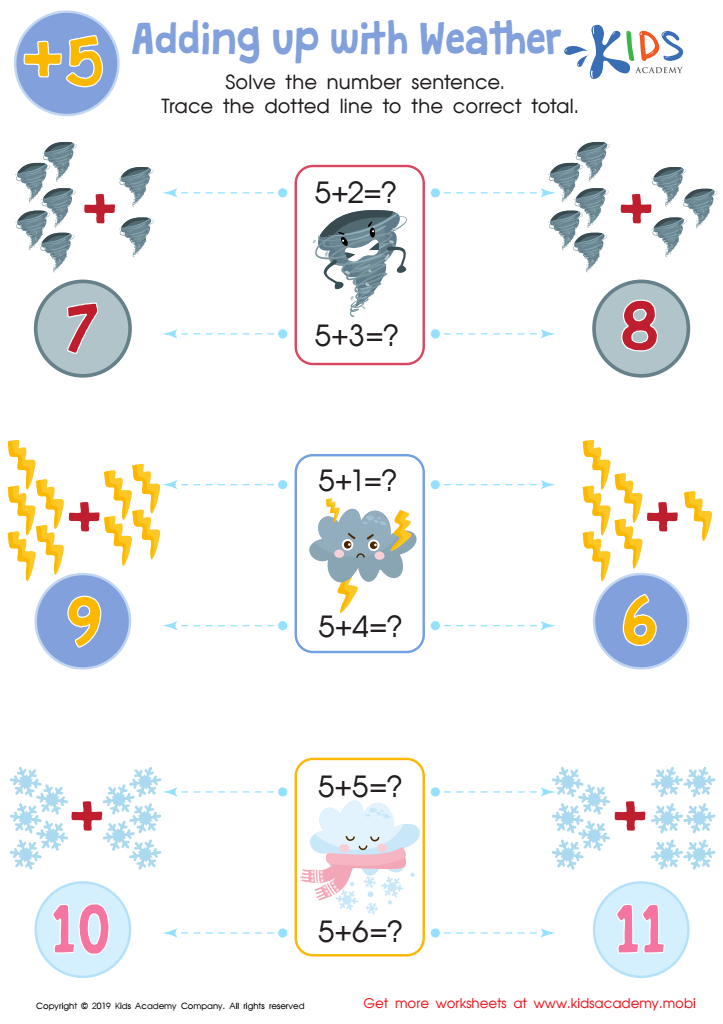

Adding up With Water Worksheet
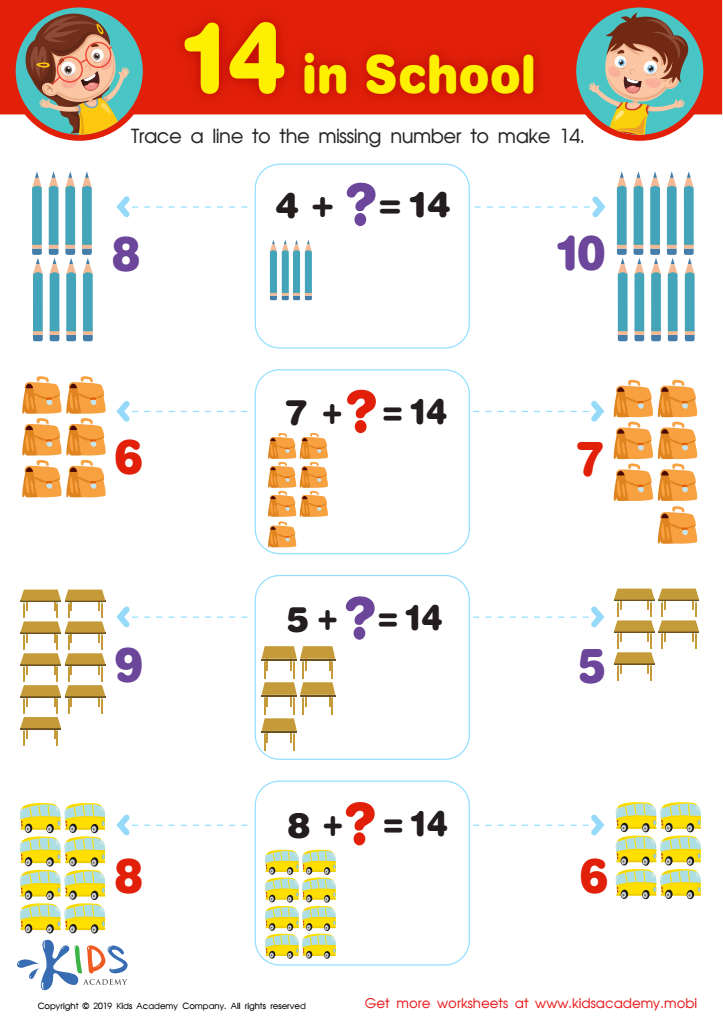

14 in School Worksheet
Hand-eye coordination is a critical skill for children aged 4-5, and parents and teachers should prioritize its development. This foundational ability enables children to coordinate their visual input with their motor actions, which is essential for everyday tasks such as writing, drawing, and participating in sports. As children refine their hand-eye coordination, they build confidence in their physical abilities, fostering a positive attitude towards physical activities and learning.
Engaging in activities that promote hand-eye coordination, such as puzzles, building blocks, and throwing/catching games, supports cognitive development as well. These activities often require problem-solving, spatial awareness, and focus, all crucial elements for early learning. Moreover, improved hand-eye coordination can help reduce frustration during tasks, making learning experiences more enjoyable and successful.
By caring about hand-eye coordination, parents and teachers can also lay the groundwork for future academic skills. Activities that enhance this coordination contribute to better fine motor skills, essential for tasks like writing, cutting, and using tools effectively. Thus, by fostering hand-eye coordination in young children, adults are helping to equip them with vital skills that benefit them in school and beyond, setting the stage for lifelong learning and development.
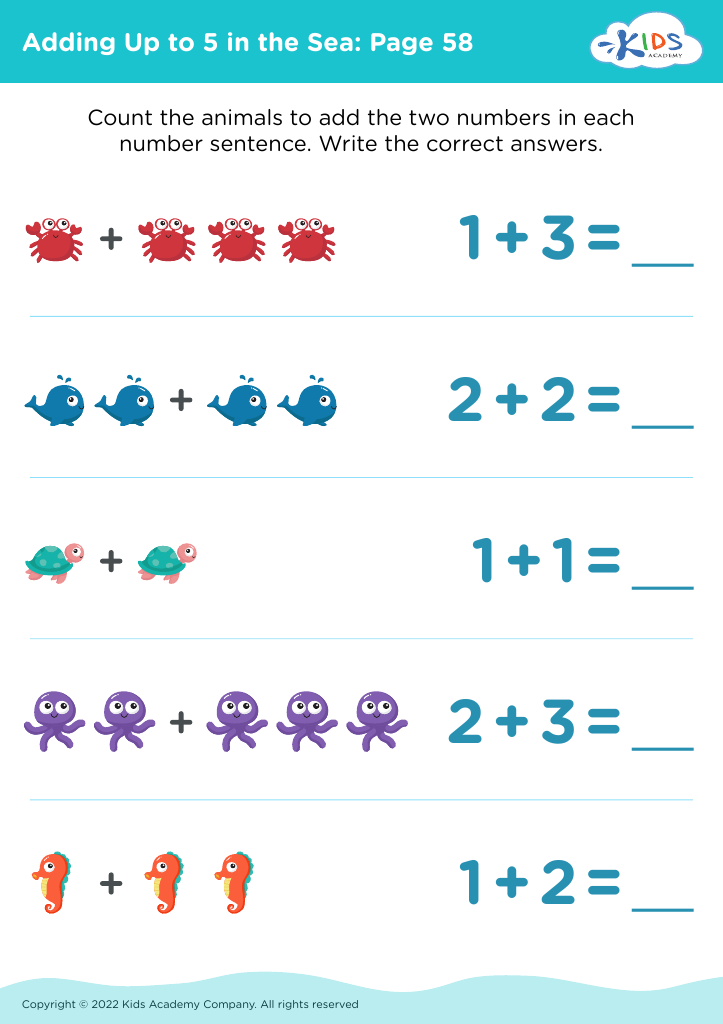

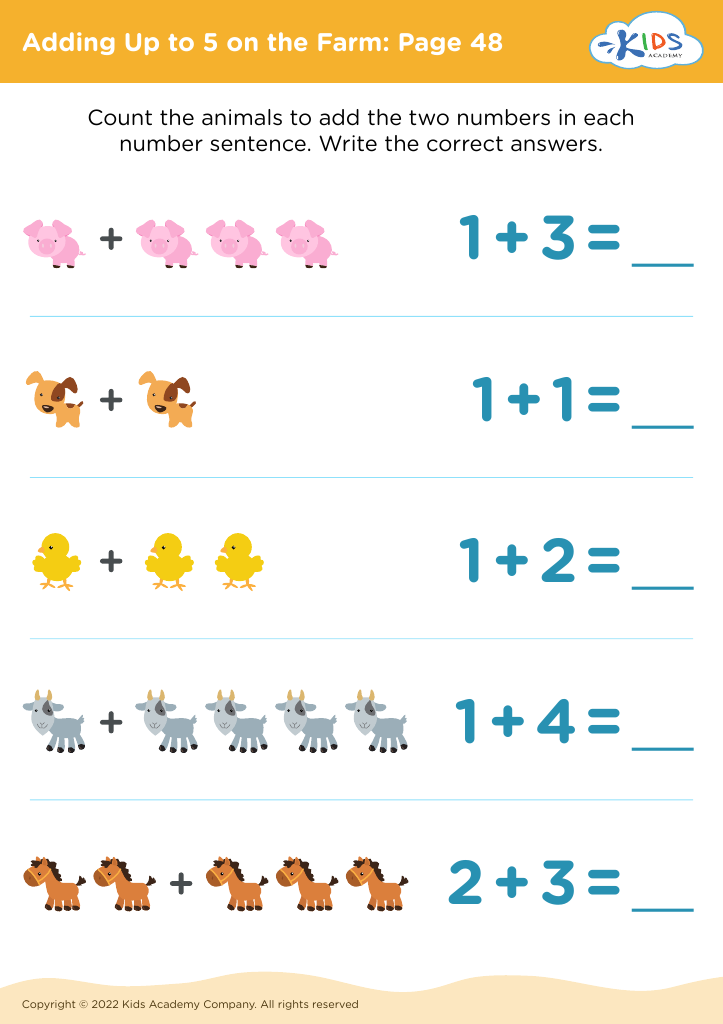
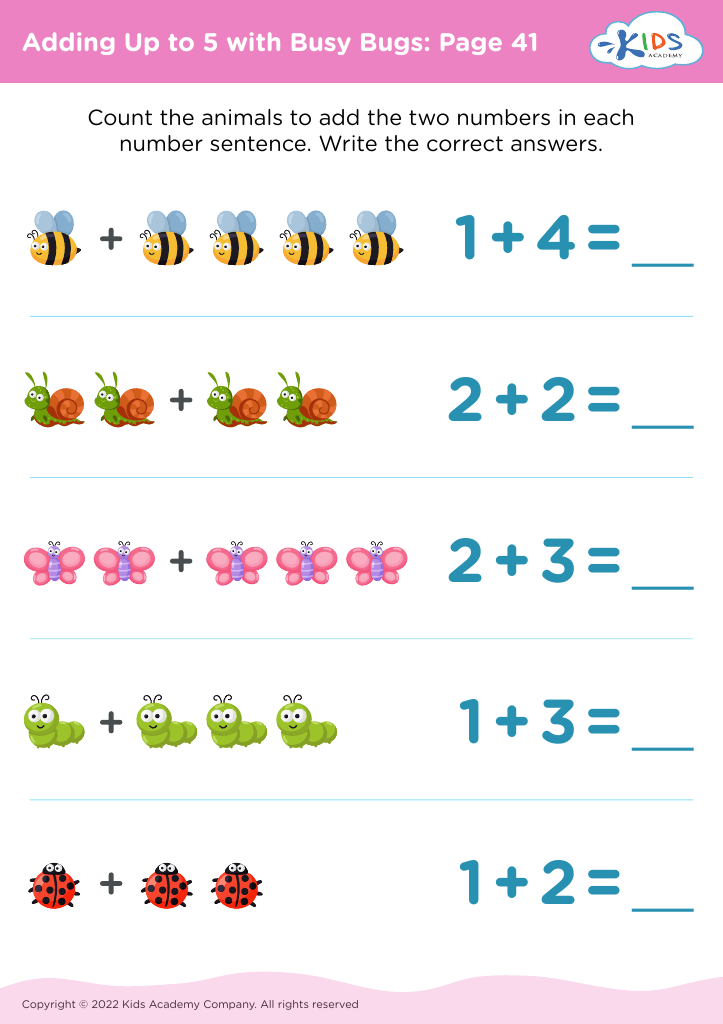
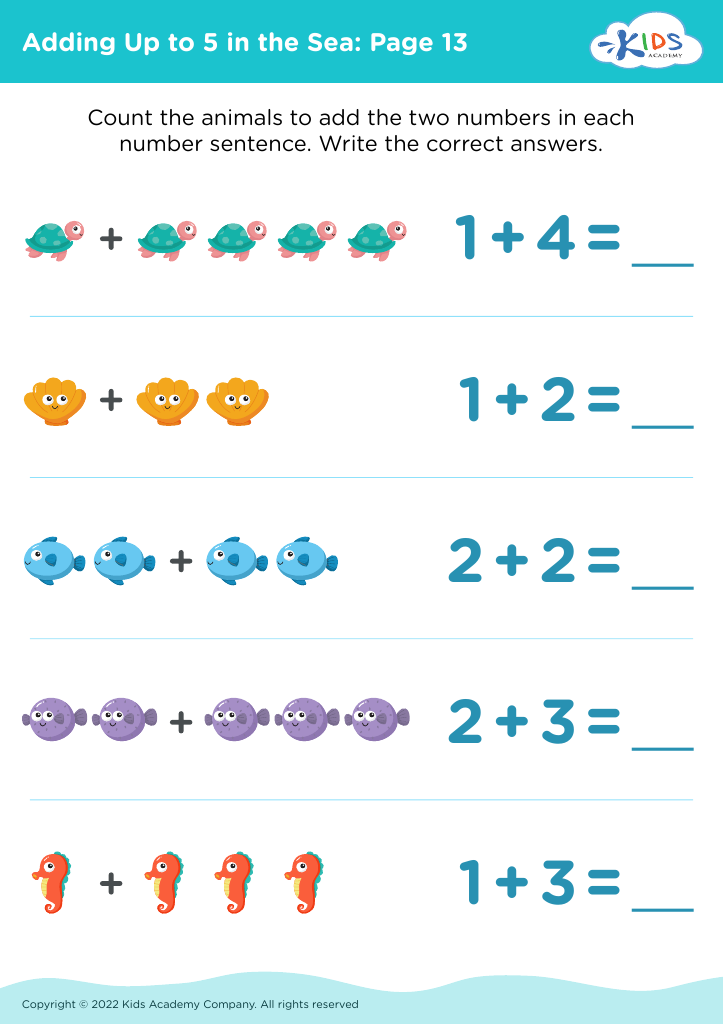
 Assign to My Students
Assign to My Students
